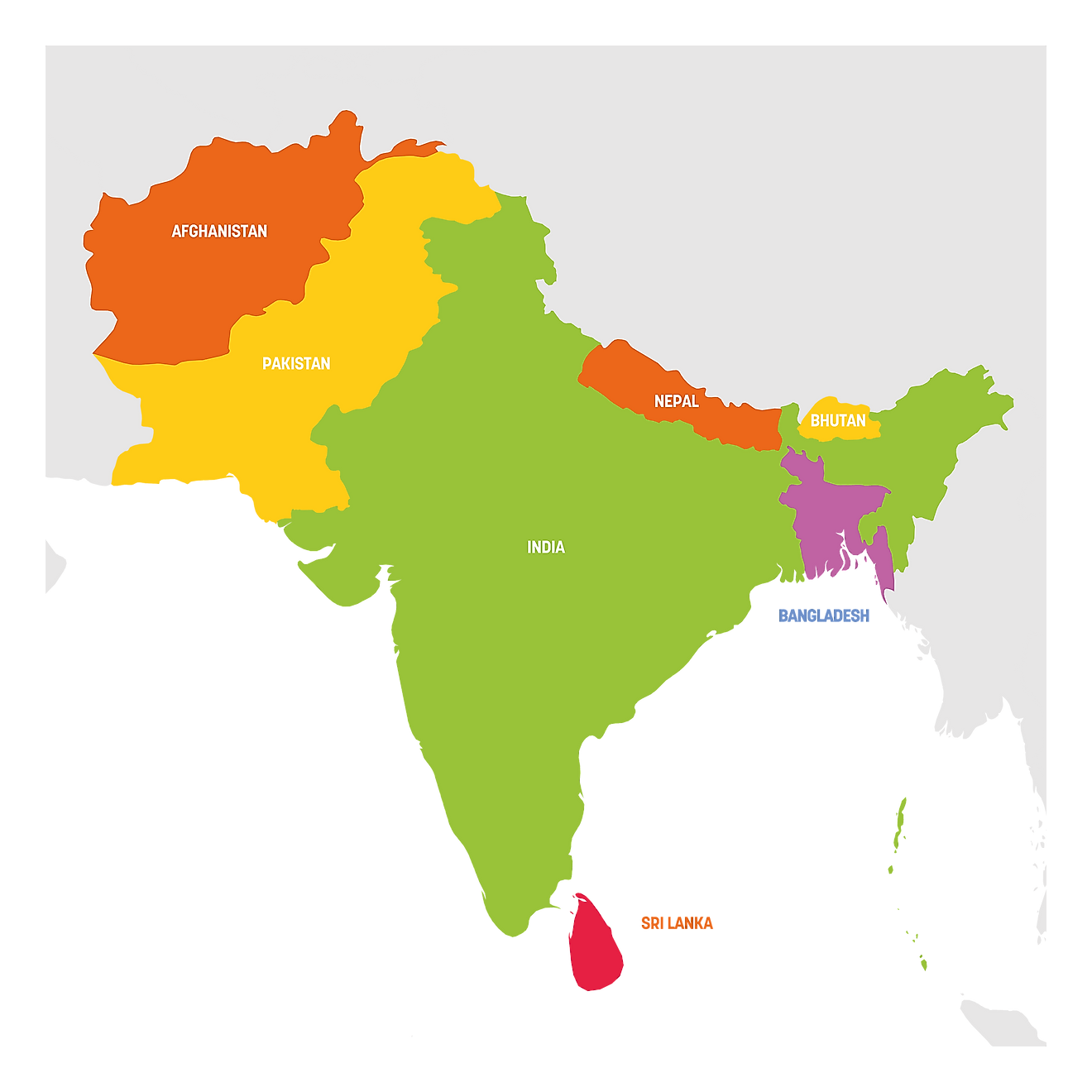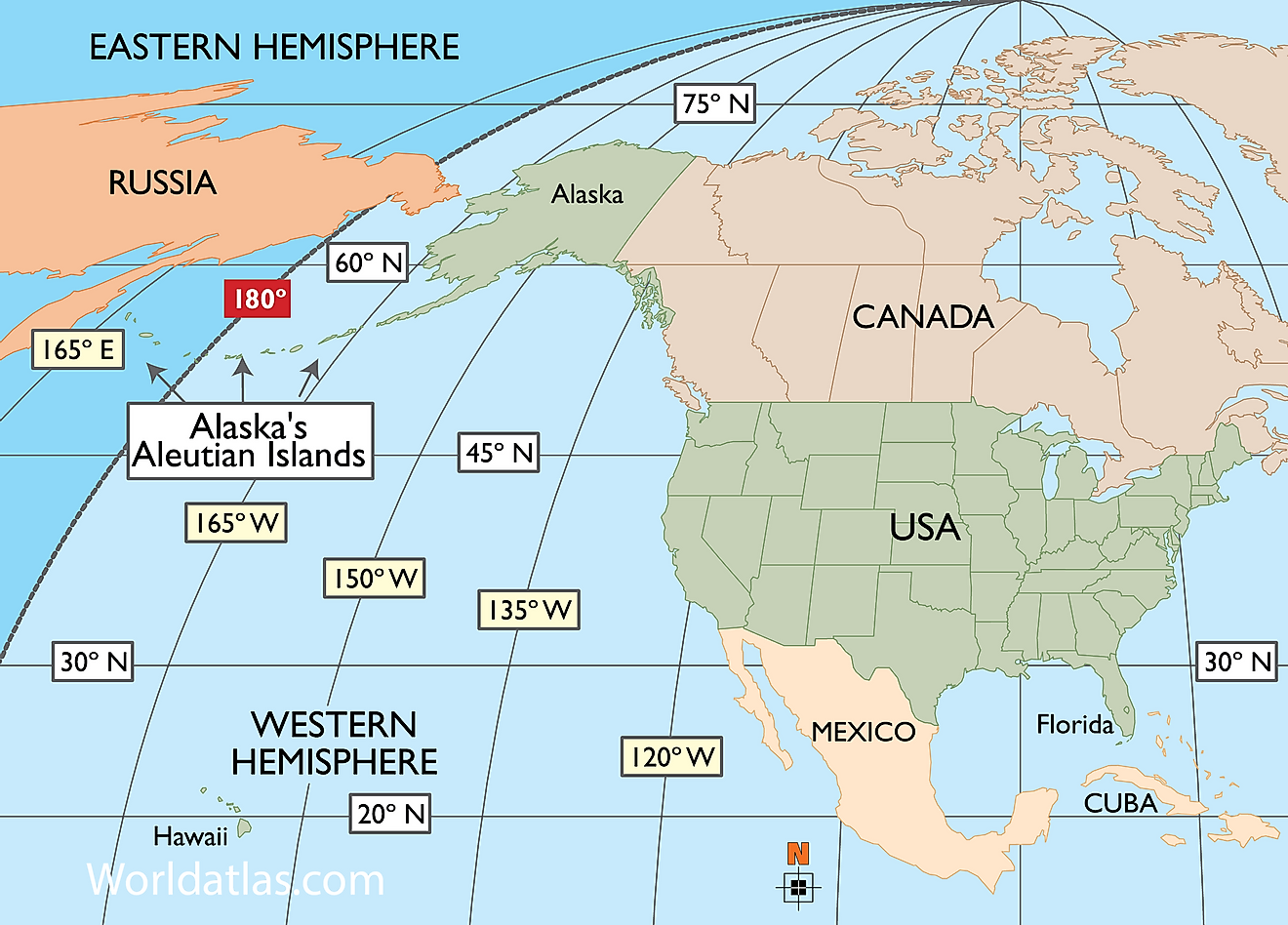Where Is Mount Vesuvius?
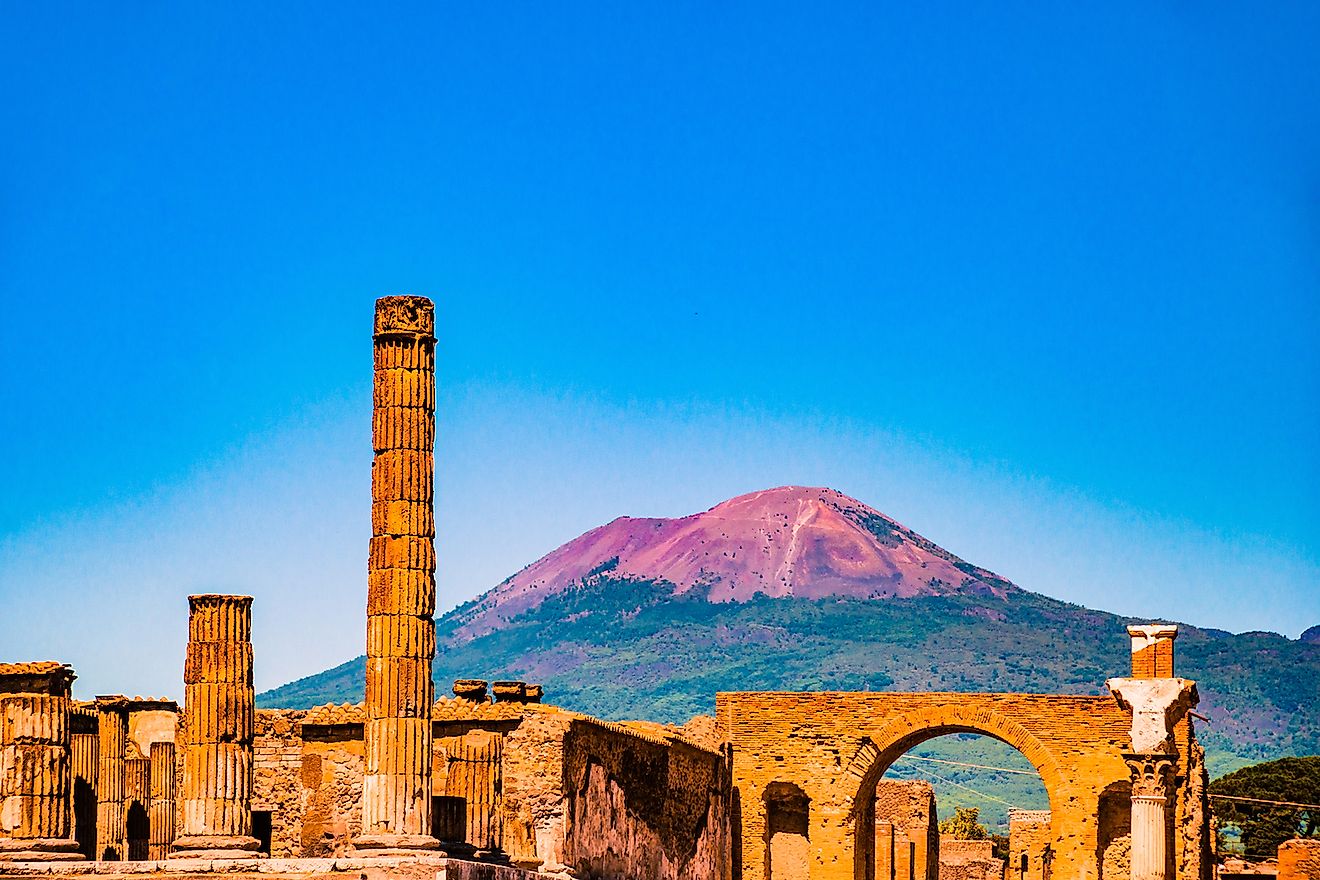
- The famous Mount Vesuvius, which is known throughout the world for its massively destructive eruption in A.D. 79, is located near Naples in Italy.
- On August 24, A.D. 79, the people of Pompeii and Herculaneum were rocked by a massive explosion. By noon that day, Mount Vesuvius exploded spewing volcanic ash and clouds of gas.
- The disastrous eruption lasted 18 hours and killed an estimated 16,000 people.
- What historians know about the eruption is based on the accounts of Roman historian Pliny The Younger who was along the Bay of Naples when the eruption happened.
The famous Mount Vesuvius, which is known throughout the world for its massively destructive eruption in A.D. 79, is located near Naples in Italy. Situated on the West coast of the country, it sits right in the crater of the ancient Somma volcano. It towers above the bay and overlooks the city of Naples located in the plain of Campania.
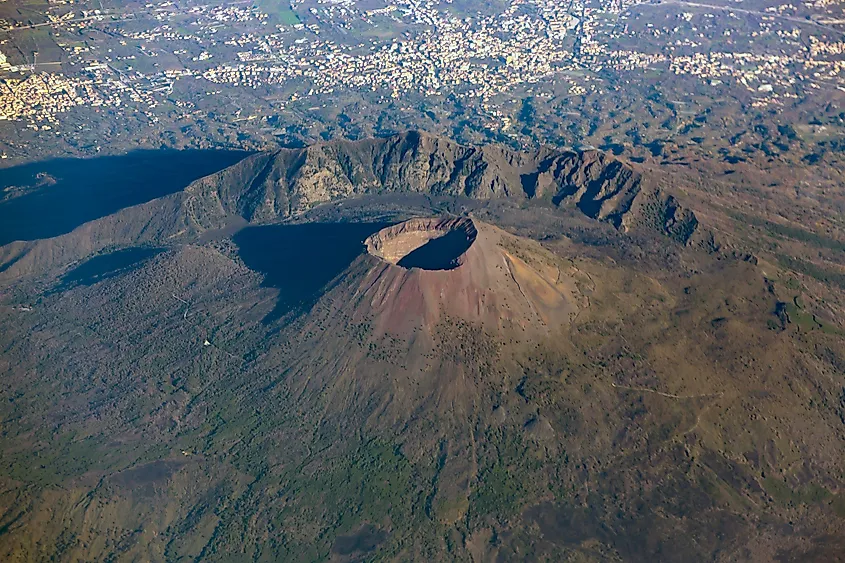
Also known among locals as Vesuvio, the mighty mountain and an active volcano. It stands 4,203 feet (1,281 meters) tall and has a semi-circular ridge called Mount Soma that rises 3,714 feet. It is part of the Campanian volcanic arc, which is made up of active and dormant volcanoes in Italy’s Campania region.
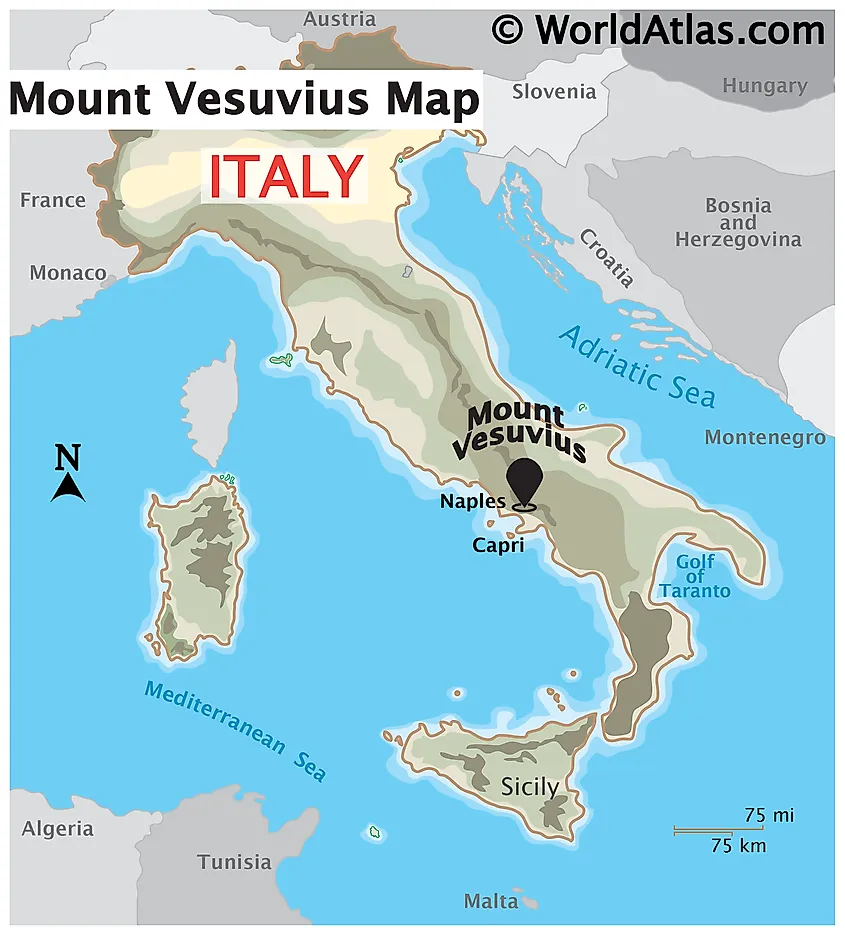
It has erupted more than 50 times in the past, although it is most famous for its massively destructive and deadly eruption that destroyed the Roman city of Pompeii and Herculaneum.
When Did Mount Vesuvius Erupt?
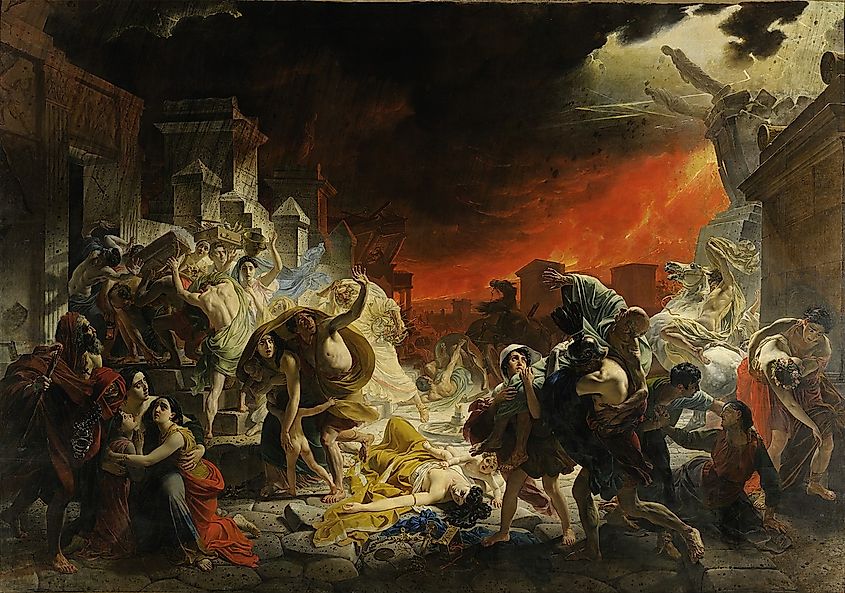
The Last Day of Pompeii. Painting by Karl Brullov, 1830–1833
Mount Vesuvius remained fairly dormant for centuries before its famed eruption in 79 A.D.. During the height of the Roman empire, the ancient cities of Pompeii and Herculaneum thrived at the foot of the mountain along with its 20,000 inhabitants composed of farmers and merchants. They built magnificent structures, opulent Roman baths, and extravagant villas surrounded by vineyards and orchards that sprung out of its dark fertile soil. Little did they know that the latter was the result of early eruptions that fortified the soil with volcanic materials.
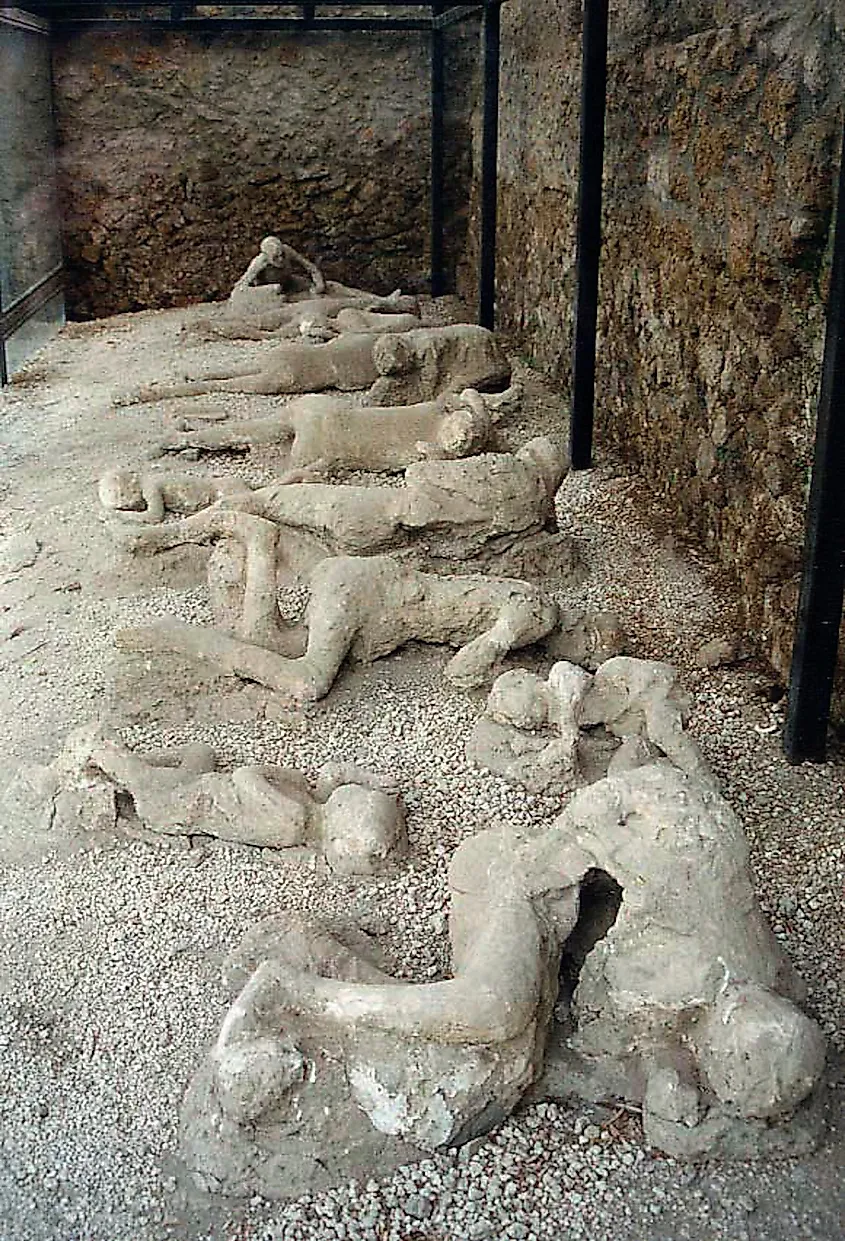
The casts of the corpses of a group of human victim of the 79 AD eruption of the Vesuvius.
On August 24, A.D. 79, the people of Pompeii and Herculaneum were rocked by a massive explosion. By noon that day, Mount Vesuvius exploded spewing volcanic ash and clouds of gas. According to History, for 12 long hours, the city was showered with volcanic ash and a hail of pumice stones some of which were three inches in diameter. While some of the city’s inhabitants flee to safety, many stayed holed up in their villas, hoping to wait out the eruption.
While the city was mostly spared during the first few hours of the eruption, a cloud of dark gas eventually traveled down the side of the mountain, asphyxiating the people who stayed. The volcano soon spewed more rocks and ash catapulting them into the city which destroyed structures and buried the dead. Hot ash formed around their bodies which somehow preserved them. The hardened volcanic material around the victims captured their final moments in detail—down to their clothes, position, and for some, even their facial features.
The disastrous eruption lasted 18 hours and killed an estimated 16,000 people. Since then it has erupted a few more times, even entering a period of steady volcanic activity in 1631.
Pliny, The Younger
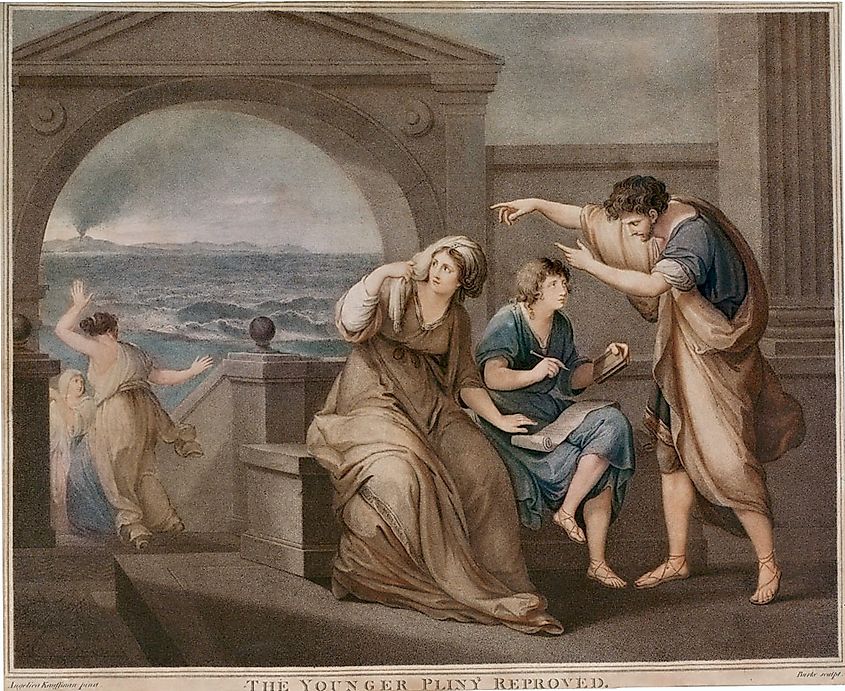
What historians know about the eruption is based on the accounts of Roman historian Pliny The Younger who was along the Bay of Naples when the eruption happened. Only 17 years old at that time, Pliny wrote two letters to historian Tacitus where he gave the oldest surviving description of a tall tree-shaped cloud that rose above the sky. He also recounted how many covered their heads and prayed as the sky showered them with pumice, ash, and burned stones. He described how a large umbrella pine cloud loomed over the atmosphere and how the city was eventually engulfed in a horrible cloud.
In the letter, he told Tacitus, that his uncle, Pliny The Elder who was a Roman military leader, ordered ships and set sail to hopefully rescue people. He, too, died after getting engulfed in fumes.
Is Mount Vesuvius Active Even Today?
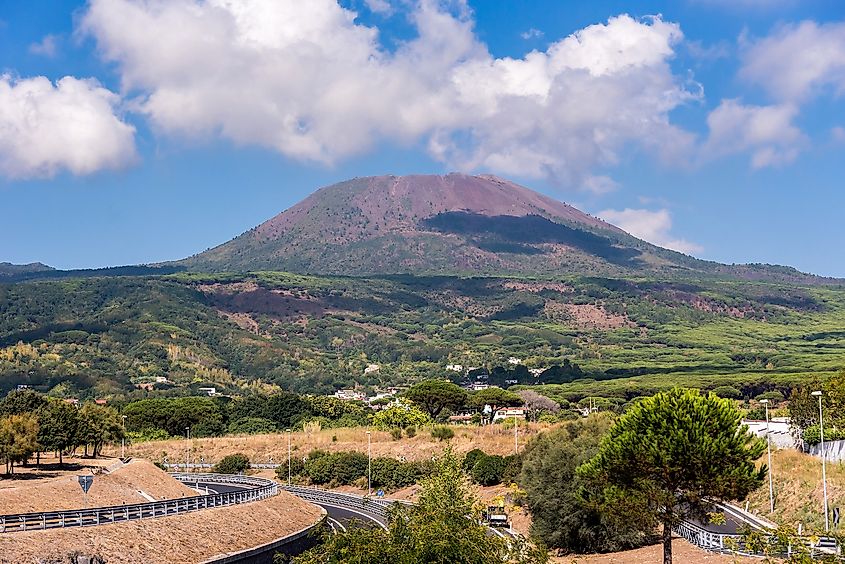
Many experts believe that Mount Vesuvius is the most dangerous volcano in the world, or at least in the whole of Europe. It remains an active volcano and will likely erupt someday, although scientists do not know when. A future eruption can endanger the lives of the six million people who inhabit the areas surrounding Vesuvius.









